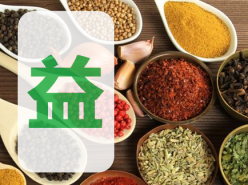
White pepper is obtained from the fermented and peeled fruits of the pepper plant. It comes from the same plant as black pepper, but is processed differently.
Feature:
Appearance: White pepper is small round particles, milky white to light brown in color.
Production process: After taking out the pepper fruit, the outer peel is removed, then fermented and dried.
Smell:
White pepper has a relatively mild flavor, but still has a distinctive spiciness.
Compared to black pepper, white pepper has a more delicate flavor and less of a strong piney flavor.
Origin:
Malaysia. Pepper is native to southern India and Sri Lanka, but is now grown in tropical regions around the world. Major producing countries include India, Indonesia, Malaysia, Vietnam and Brazil.
Cooking dishes:
Light cooking: Since white pepper is less distinct in color than black pepper, it is often used in dishes where the color needs to be kept light, such as white sauces, soups, and creamy stews.
Asian Cuisine: White pepper is one of the main seasonings in many Asian cuisines, such as Thai soups and stir-fries.
Fish and Poultry: White pepper is often used to season fish and poultry dishes because its flavor does not mask the natural flavors of these ingredients.
Condiment: White pepper is also commonly found in various sauces and barbecue sauces.
Applicable dishes:
Four God Soup, Pepper Pork Belly Soup, Radish Pork Ribs Soup, Peeled Chili Chicken Soup, White Pepper Milk Sauce, Yuzu Pepper Sauce Salad, Creamy White Pepper Crab, Fried Rice Noodles, Salty Porridge, Fried Chicken, Assorted Fried Rice, Grilled Fish Chin
**When using pepper, freshly ground is recommended as this retains its best flavor. In addition, whether it is white pepper or black pepper, it is best to store it in a cool, dry place away from light and moisture.
